Mendel's Principles of Dominance, Segregation and Independent Assortment
By: HWC
Date Uploaded: 04/16/2020
Tags: homeworkclinic.com Homework Clinic HWC Principle of Independent Assortment Principle of Segregation cross fertilization receded Mendel's Principle of Dominance self fertilization Mendelian ratio alleles heterozygous dominant genotype phenotype monohybrid crosses Punnett Square
Mendel selected true-breeding parents with contrasting traits, for example, purple and white flower color, and performed reciprocal crosses by choosing pollen from one parent and hand pollinating the seed-forming parent with this pollen. A cross-fertilization resulted from this procedure. In the formation of the first generation hybrids, called the Fl generation, Mendel noticed that one parental trait, the white flower trait, disappeared, while the contrasting purple flower trait dominated in 100% of the F1 offspring. For this reason, he used the terms "dominant" to describe the trait that was transmitted unchanged to the F1 hybrids and "recessive" for the parental trait which had become latent or had "receded" in the Fi progeny. This principle is now stated as Mendel's Principle of Dominance. The seeds from the F1 hybrid progeny were collected and the following year planted in the garden where they naturally underwent self-fertilization. Mendel was surprised to find that the white flower trait reappeared in the F2 progeny but in significantly lower numbers than the dominant purple flower trait. In fact, he counted 705 purple flower progeny and 224 white flower progeny, a ratio of 3.15 to 1. Mendel obtained similar ratios for the other six characteristics that he tested as well, and this 3:1 ratio is referred to as the Mendelian ratio. This quantitative approach to experimentation allowed Mendel to deduce his second principle, the principle of segregation. Mendel reasoned that there must be a purple color "factor" that masks or dominates the white color "factor" in the F1 progeny, but that the recessive (white color) "factor" is still present in the F1 progeny and becomes separated or segregated from the dominant "factor" when F2 offspring are produced. These "factors" are now called "genes", a term introduced after Mendel's lifetime in 1909. Their dominant and recessive forms are called "alleles", which means an alternative form of a gene. Mendel used upper and lower case letters as symbols to describe the parental and hybrid types. Today biologists use a similar symbol shorthand system to show the alleles of the parents and hybrids. These symbols represent the genetic makeup called the genotype. You see that all F1 plants carry two alleles, one dominant and one recessive expressed by upper and lower case letters. This is called a heterozygous dominant genotype. Twenty five percent of the offspring are homozygous dominant because they carry two copies of the dominant allele. Twenty five percent of the offspring have white flowers. What is their genotype? You are correct if you said (pp). This is the homozygous recessive phenotype. In order for the recessive phenotype (in this case, white flowers) to be expressed, the progeny must carry two copies of the recessive allele. Following one trait at a time enabled Mendel to simplify his experiments and deduce the principles of dominance and segregation. However, he expanded these monohybrid crosses to include two traits simultaneously inherited, such as seed color and seed shape. He began with yellow and round seeds which were dominant over green and wrinkled seeds. The F1 generation produces all yellow and round seeds as expected from the principles of dominance and segregation. However, if the F1 offspring are allowed to self-fertilize, nine different genotypes and four different phenotypes are produced. In other words, Mendel was able to show that yellow and round seeds (YR) do not always occur together and the presence of one allele for the yellow seed trait (Y) has no impact on the presence of the allele for the round seed trait (R). This is Mendel's Principle of Independent Assortment. The four different phenotypes are always found in a ratio of 9:3:3:1 in the F2 generation. This is called a "Punnett Square" for the scientist that first devised it.
Add To
You must login to add videos to your playlists.
Advertisement



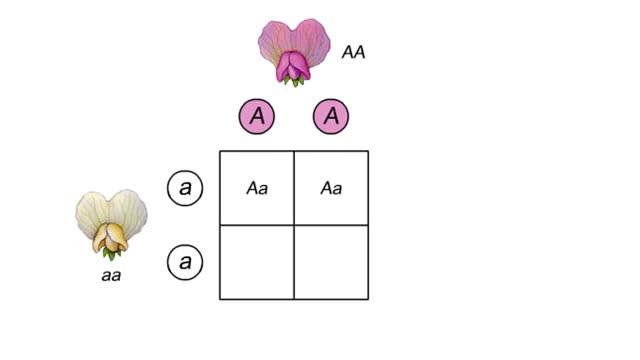

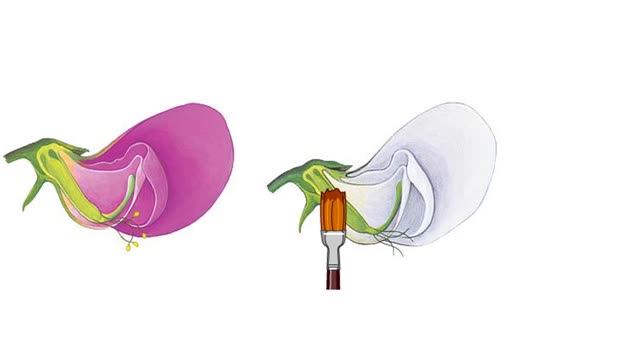
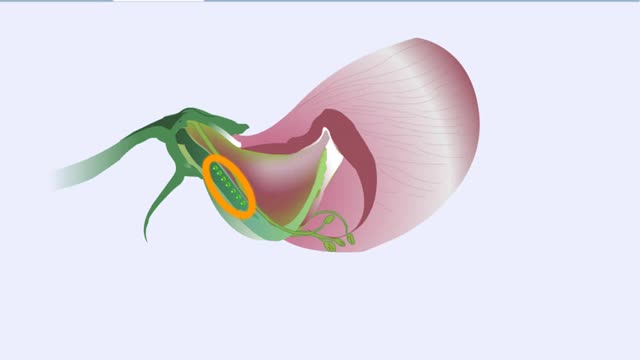
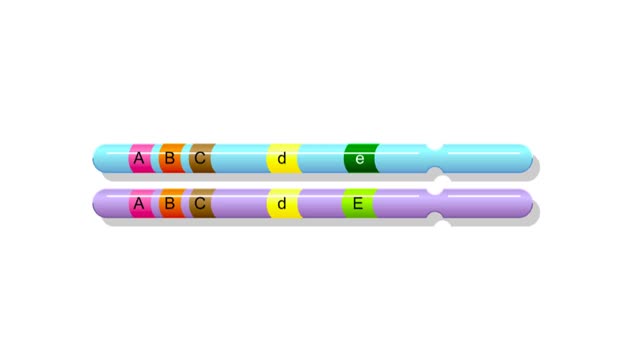



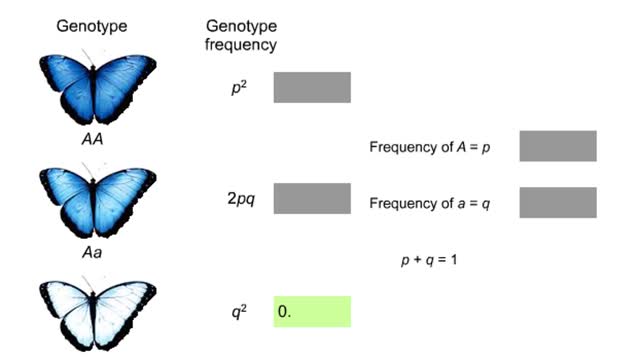
Comments
0 Comments total
Sign In to post comments.
No comments have been posted for this video yet.